What’s next for 3D printing in 2018? We asked the CEO’s, analysts and other experts in our industry that question.
Their responses give predictions for 3D printing in 2018 featuring Blockchain technology, the Internet of Things, high-speed 3D printers and trends in metal 3D printing.
Don’t forget, nominations are still open for the 2018 3D Printing Industry Awards, make your choices now.
Bart Van der Schueren, CTO of Materialise
For 2018, we believe that the adoption cycle for 3D Printing will become increasingly easier, thanks to more automated processes, integrated software, collaborations with partners across industries and standardized processes.
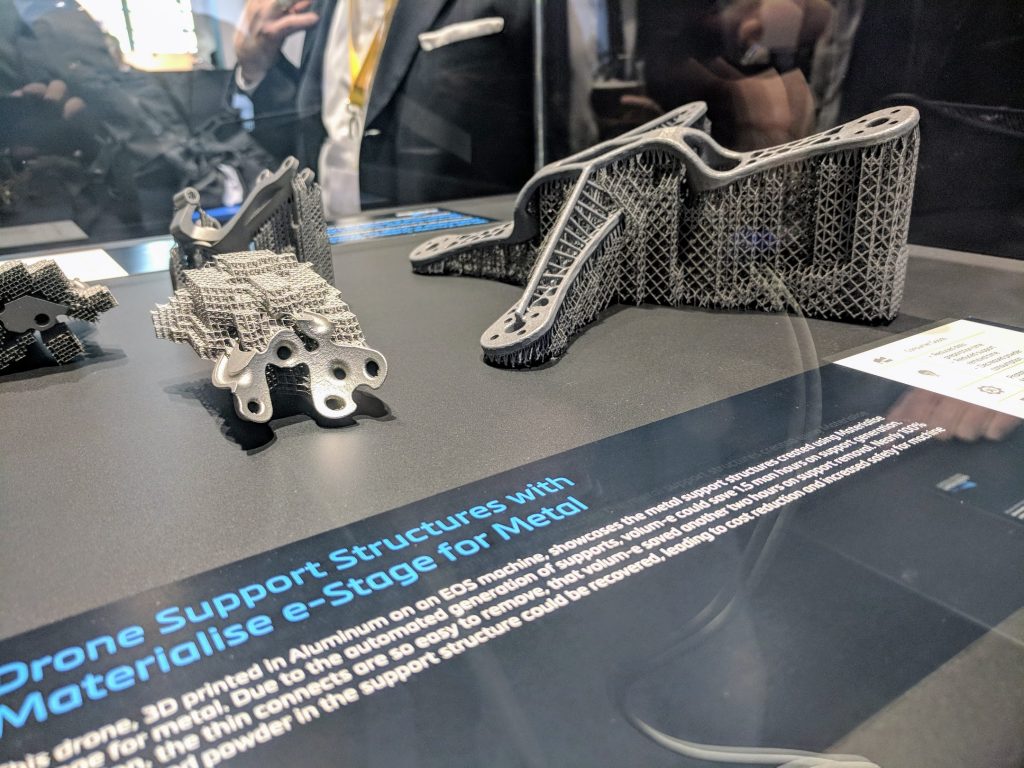
Al Siblani, CEO of EnvisionTEC
While we can’t disclose much of our behind-the-scenes work with customers, we continue to see manufacturers moving quickly toward mass customized production — for medical, consumer and sporting goods — as well as real short-run production with 3D printers. This long-talked-about shift is finally being driven by the availability of high-speed 3D printers and functional new materials that make direct printing of end-use parts that compete with injection molded pieces a reality.
In 2018, we believe an even bigger development is coming. EnvisionTEC is one of many 3D printer manufacturers who have been racing to provide the dental market’s first 3D printed orthodontic aligners (not to be confused with aligners thermoformed on 3D printed models). The challenge is real to deliver a material that can directly print aligners with the proper biocompatibility, stability, flexion and strength. We feel confident that 2018 will be the year of the 3D printed aligner.
Also in 2018, the EnvisionTEC team sees a downturn coming in what appears to be an every-few-years hype cycle in low-cost, low-quality 3D printers. Much like the hype around MakerBot climbed for half a decade before trailing off, we’re starting to see a slowdown in the recent wave toward cheap 3D printers. While some of these low-cost 3D printer companies may survive long-term as they try to enter a more premium end of the 3D market, where the requirements for high accuracy, repeatability and sophisticated materials are paramount, we believe the next year will see a shakeout of many of these companies.
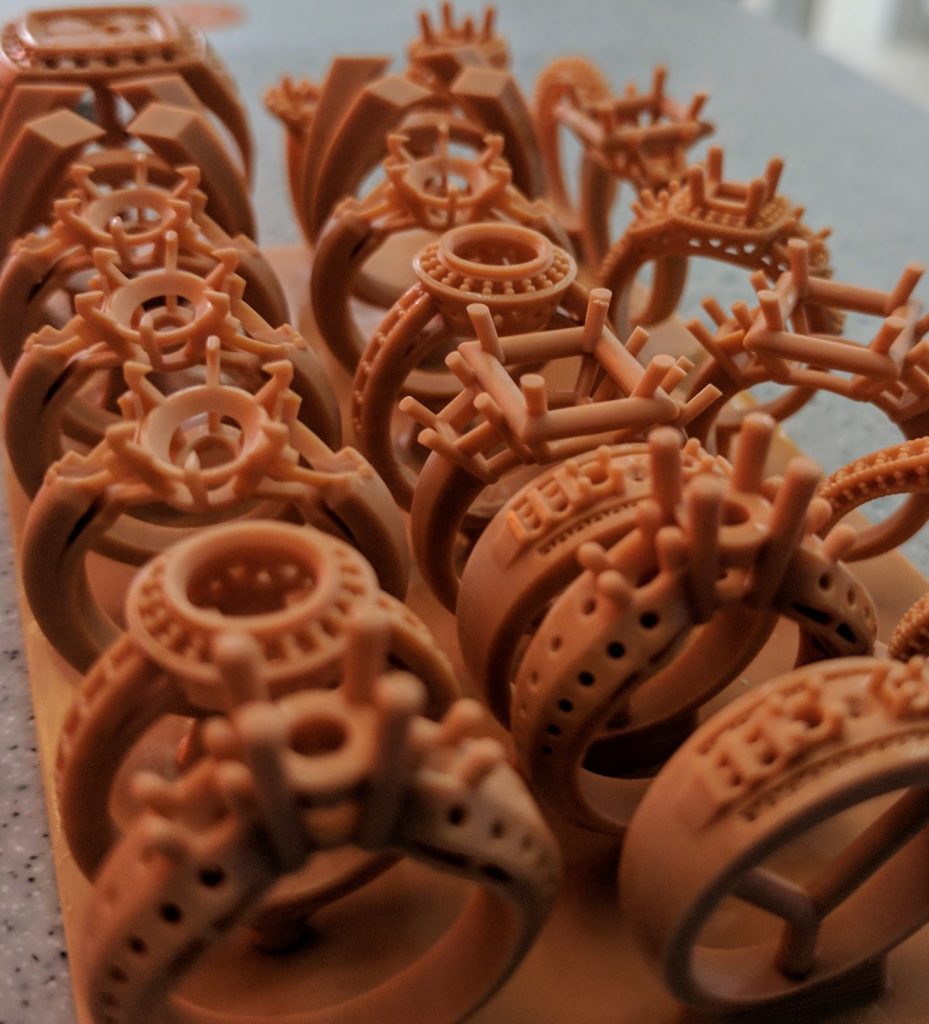
Shane Fox, co-founder and CEO of LINK3D
In 2018, we’ll see an increase in collaboration between software and hardware. This will help industries advance their additive manufacturing facilities towards mainstream manufacturing. Those that invest in automation software will begin to experience the true benefits of what Industry 4.0 promises.
Eric Savant, CEO of iMakr
2018 will see another significant upswing in the adoption of 3D printing, both on a consumer and professional level, and iMakr will continue to play a global role in facilitating that trend. Lower priced entry level 3D printers, like our very own $99 STARTT, make entering the 3D printing market a relatively risk-free proposition for home buyers.
On a professional front, improved dependability, advancement in materials and more affordable access to innovation will drive ever more businesses and schools to explore new applications for 3D printing. With the introduction of our new franchise scheme, iMakr is poised to provide on the ground support, advice and leadership across the world in this fast developing market.
Vishal Singh, co-founder and CTO of LINK3D
I believe that in 2018 the emergence of Blockchain technology will slowly be adopted within the Additive Manufacturing industry because Blockchain offers immutability of digital files. This is a quality that is paramount to increasing security management of IP throughout the AM workflow.
Shon Anderson, CEO of B9Creations
I believe we’ll continue to see more customer demand for tailored solutions beyond the basic technology, with user interface improvements, industry-specific workflow integrations, and innovative material solutions at the top of their list. These are the investments we’ve made based on market feedback.

Romain Kidd, CEO of MyMiniFactory
Following a record year for the adoption of desktop 3D printers, 2018 will see even more consumers get their first device. With popular 3D printer models now costing less than a Playstation or an Xbox, this growth in adoption will be driven by 3D printer manufacturers focusing their attention on the user experience of the whole solution – hardware + software + content.
Indeed, MyMiniFactory Click & Print – our unique solution which removes the need for slicing – allows manufacturers to open up the market to users who would otherwise never get into 3D printing. Specifically, Click & Print shortens the learning curve traditionally associated with 3D printing.
For designers, this growing adoption of desktop 3D printers translates into an increased demand for high quality 3D printable content, and as a consequence of that, more opportunities to grow their audience and monetise their talent.
Ramon Pastor, Vice President and General Manager at HP 3D Printing
In 2018, we’ll see an inflection point in the number of commercial applications for industrial 3D production as costs are dramatically reduced and awareness of its many advantages increases. More companies in more industries will start reinventing their businesses for manufacturing’s fully-digital future.
Amit Dror, CEO of Nano Dimension
In 2018, the 3D printing market will continue to mature, where we are anticipating the addition of new entrants into the market, technological advancements, and more customer-driven end applications. As a driving force behind the Internet of Things, the Industry 4.0 revolution and other advanced manufacturing technologies, 3D printing and highly sophisticated additive manufacturing technology will translate the digital world to the real world. As such, we can expect to witness a more connected, digital, functional and agile world to do things the right way. It’s a world limited only by our imagination.
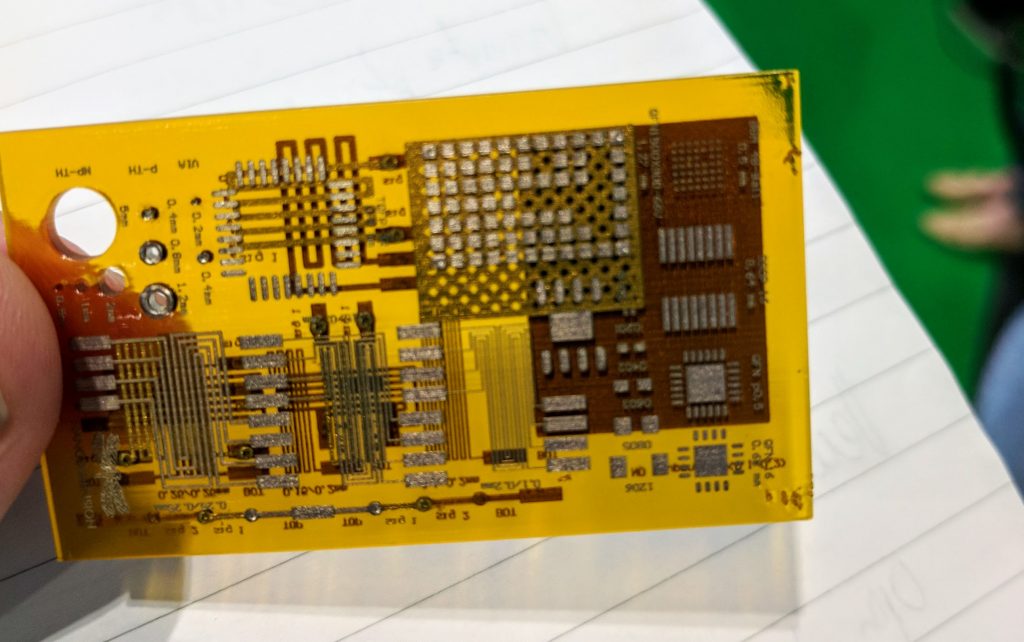
Menno Ellis, SVP Strategy and Vertical Markets, 3D Systems
I believe that 3D printing in 2018 will see continued advancements in bioprinting of tissues and organs, enabling greater number of healthcare applications. Also, continuing advancements in material development enabling new applications for end-part production in high stress environments including auto, aero, consumer goods and medical/dental.
This year 3D printers will see significant price reduction of production-caliber technologies and platforms (DLP, SLS, Metal) will open up new markets and drive penetration for 3D printing.
There will be an increasing importance of APAC. Technical advances and market gains by Chinese OEM’s, including growing 3D printing adoption by APAC manufacturing facilities as range of 3D printing benefits, for example economic, technical, operational, exceed labor cost arbitrage.
3D printing M&A activity in 2018 will be driven both by captives, for example GE 2016 acquisitions of Arcam and Concept laser, and consolidation among legacy hardware and software players seeking to control a larger portion of the solution and leveraging scale for demanding R&D environment.

Prof. Wildemann. TCW Transfer-Centrum GmbH & Co.
In 2018, the industrialisation of the metallic 3D printing value chain will make significant progress, leading to more reliable, more economical and better certified production.
Constantine Ivanov, CEO of DigiFabster
Andre Wegner, CEO of Authentise
We’re going to see more focus on software tools that enable greater speed, reliability, efficiency and quality. There’s an increasing realization that many of the challenges the industry has to overcome to make additive a true mass-scale production technology can be solved by software.
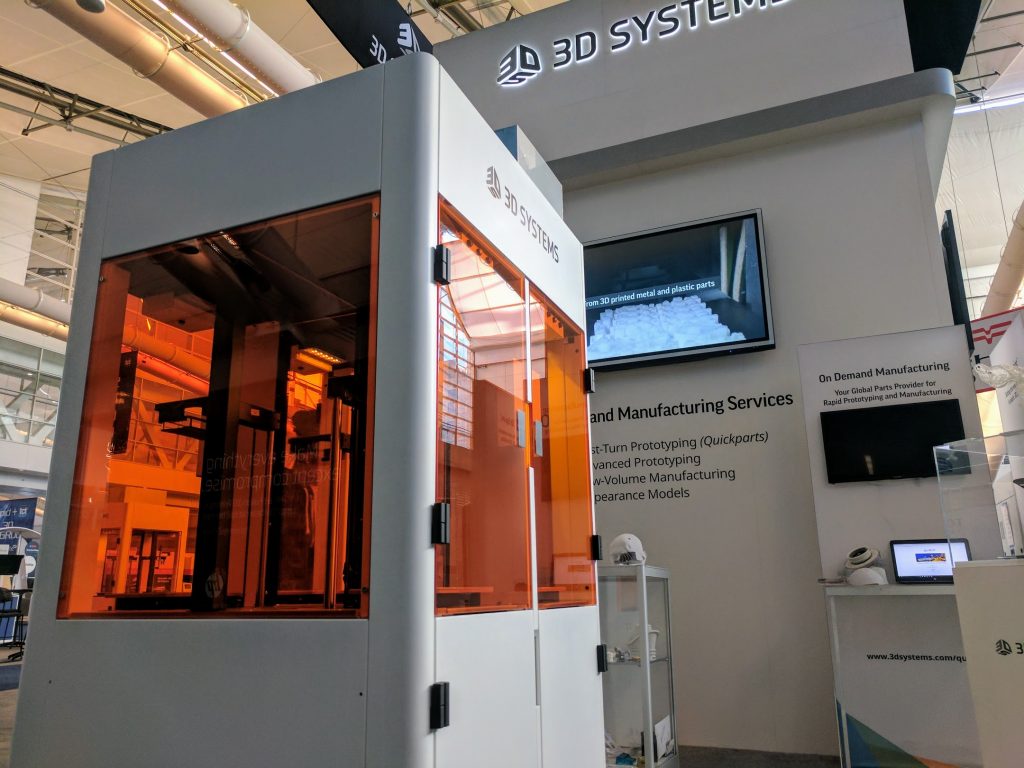
Cullen Hilkene, CEO of 3Diligent
What will the next year hold for 3D Printing technology?
First, the arrival of extrusion metal printing. Today’s extrusion printers are the most prevalent and, arguably, user-friendly 3D Printers in the market. Now, after years of there being zero metal extrusion printers, there will be two in the new year from Desktop Metal and Markforged. These technologies promise new materials and a higher degree of user friendliness for metal printing.
Second, will be stories about other metal injection molding-based 3D Printing systems that are focused on bringing down the price of printing. Each of these, like extrusion metal printing, will offer a different take on building up a part “scaffold” and then sintering it in an oven as a secondary step to create a part.
Third, will be an increasing recognition that these metal injection molding (MIM)-based systems don’t displace existing 3D printing technologies but instead will target the market for molding and machining parts. These lower cost systems will gain some traction with traditional metal 3D Printer users like aerospace and medical, but where they will truly make their mark are in industries like industrial products, automotive, and oil and gas.
Fourth, will be the expansion of additive manufacturing as a production technology. More and more announcements will come from the Food and Drug Administration and Federal Aviation Administration that parts have been approved for production use. News of the success of these parts in market will start leaking out as well.
Fifth, there will be more buzz about increased speed. This will start with headlines from the new products that HP and Carbon are launching. And that will lead to incumbents who have been chasing them to highlight their successes. In addition to these known products, there will be more news about some of the exciting next-generation technologies that are coming from research labs.
These are the top five trends I see coming for 2018, and they all bode well for the year to be another great one for 3D printing.
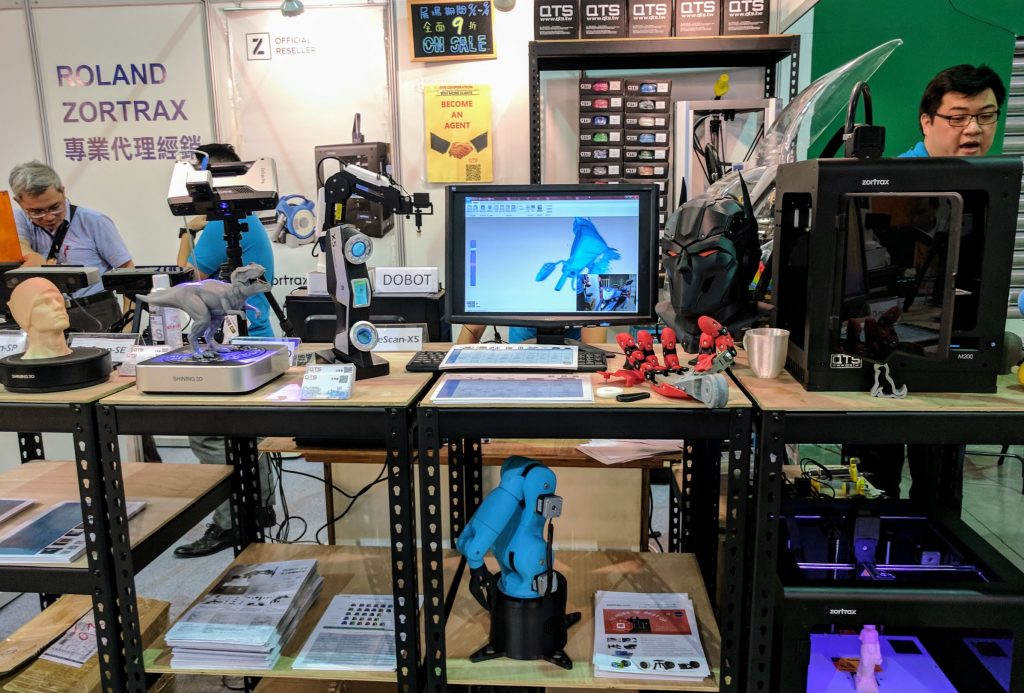
Richard Gaignon, CEO of 3DCeram
Ceramic 3D printing will be really effective if and when a company launches a fully automated line.
Gordon Styles, founder and president of Star Rapid
When it comes to metal 3D printing, it wouldn’t be surprising for 2018 to be uneventful. The reality is that we are still in a sort of trial phase and many companies are testing the water in terms of figuring out how the technology can be leveraged for their specific purposes. This year we’ve seen many companies take the plunge and reach out to us about metal 3D printing. This has exposed a knowledge gap when it comes to design-for-manufacturing practices about the process.
To help combat this issue, Star Rapid launched online tutorial videos and in-person training at out factory and other companies have launched various educational initiatives as well. Many companies that know how to design metal 3D printing have found suitable applications and have ordered parts. But these are still in a trial phase. They are testing small batches of parts to ensure that they successfully operate under real-world conditions with the intended performance. Once this is completed and doubts are erased, the industry will explode with demand. Most likely, this won’t begin to happen until the latter part of 2018.

Janis Grinhofs, CEO of Mass Portal
In 2018, the 3D printing industry will see the opening of a broader market for end-use applications beyond early adopters, as in many verticals the the long tail will start investigation deployments, for the following reasons:
- Measured performance — cases, examples and studies of real-world end-use applications; data the verticals can understand and trust.
- Higher level of automation in workflows and machines, meaning easier deployment and lower barrier of entry.
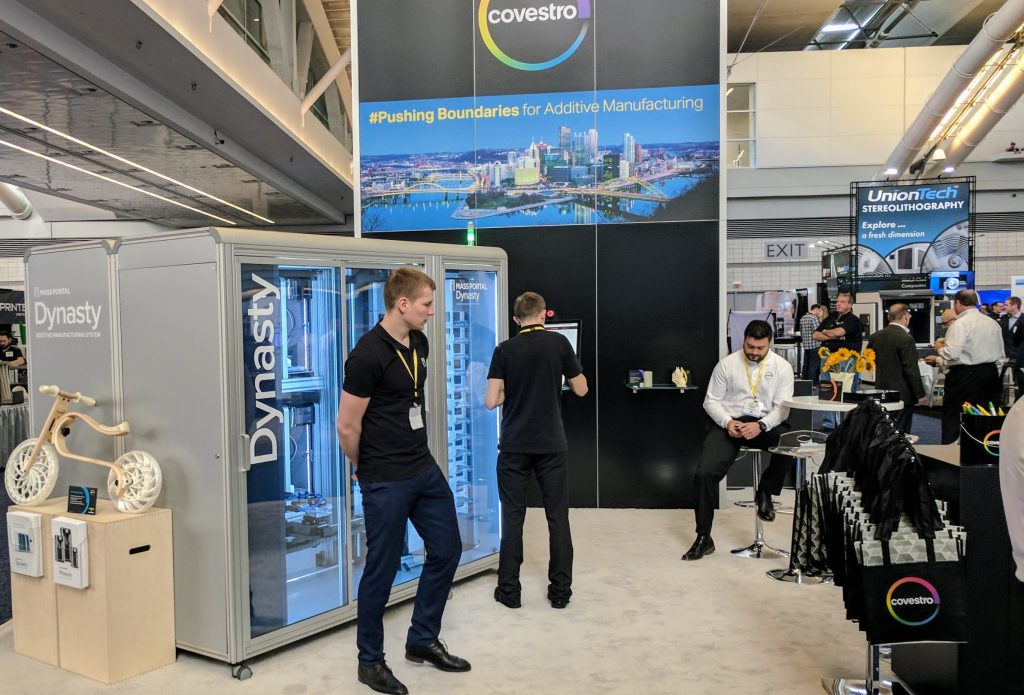
Andy Kalambi, CEO of Rize
Many new players will enter Additive Manufacturing – including material providers, manufacturing companies and technology companies. Ecosystem orchestration will be key to the success of 3D printing to be able to deliver additive at scale.
Edward D. Herderick, PhD, Director Additive Manufacturing, College of Engineering CDME
2018 will be the year of metal printing—all the major manufacturers are building larger machines with more lasers and higher power energy sources. This improvement in productivity, coupled with greater maturation and understanding of printed metal performance, and we’re going to see new applications emerge in sectors beyond aerospace and healthcare like automotive and oil and gas. The applications will grow because they’re not just driven by performance, but cost management and economics.

Michele Marchesan, New Kinpo Group (XYZPrinting), Senior Vice President Industry 4.0
Customers will focus on cost effective solutions and 3D printed parts will be required for function. Metal 3D printing will find increased application and market share. Likewise, high speed plastics will increase market share.
Gary Taylor, Regional Manager UK&I at EOS
As our customers continue to innovate at scale, it’s exciting to see the growing potential of this technology as we continue to strive toward the factories of the future.
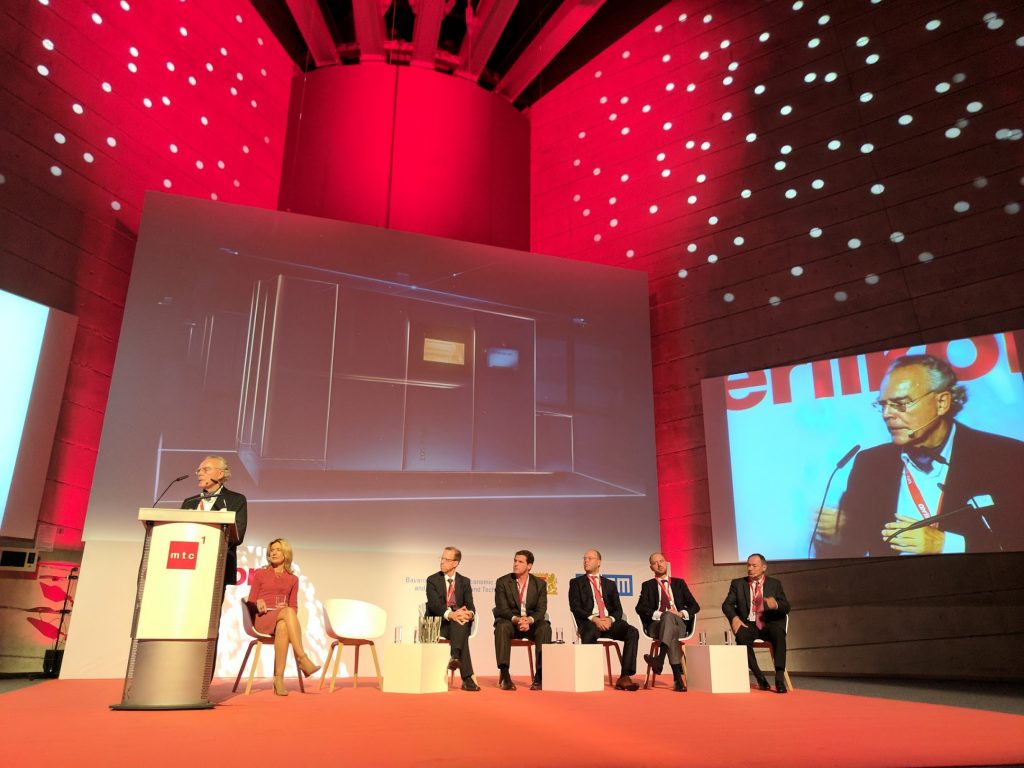
Jonathan Schwartz, co-founder and Chief Product Officer at Voodoo Manufacturing
In 2018, I expect to see a continued focus on materials from both the printer companies, but now from large material companies that are just starting to enter the 3DP market. With new materials will also continue to see more and more end-use applications for 3D printed parts, both at the high and low-value ends of the spectrum.
Dr. Dirk Simon, Global Business Director BASF 3D Printing Solutions GmbH
Taking the recent announcements of several 3D printing equipment suppliers into account, in 2018 we expect that more and more high throughput systems becoming open for use of materials from various suppliers. This will substantially increase the competitiveness of Additive Manufacturing versus classical manufacturing technologies.
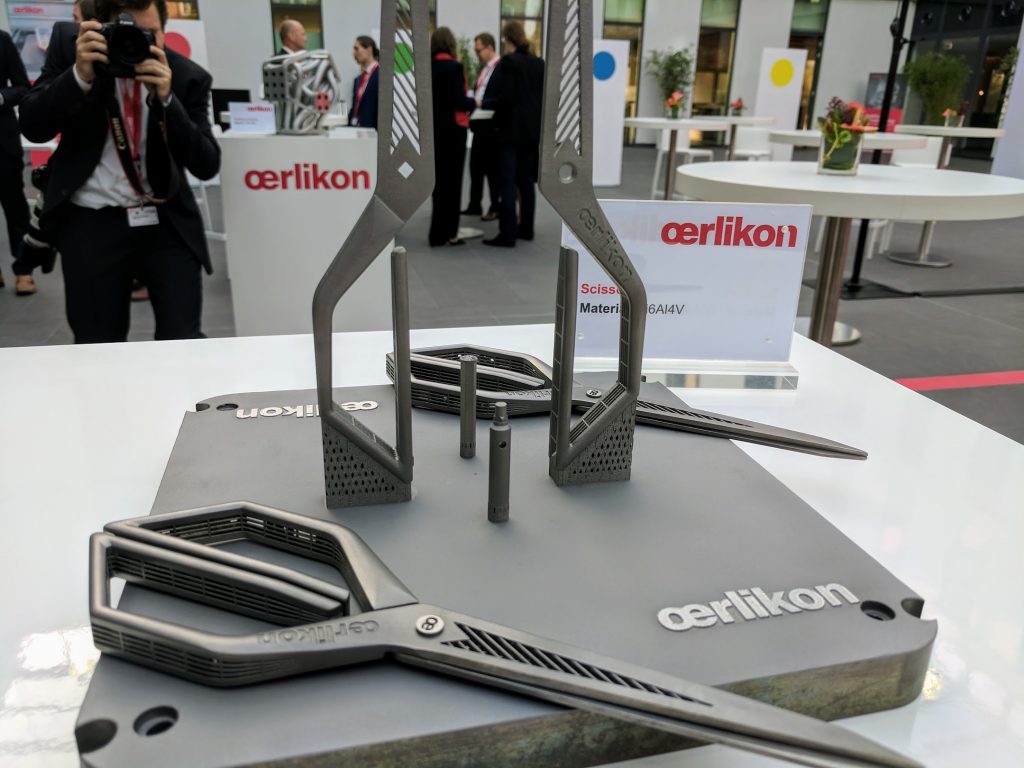
George Fisher-Wilson, Communications Manager at 3D Hubs
As demand increases for low-cost industrial technologies and the benefits they can provide so will the adoption of generative design. Generative design is breaking new ground for engineers around the world to easily create efficient parts in every sense of the word. In order to truly take advantage of generative design, you need technologies that can produce the geometries generated.
This is particularly relevant for low-cost metal 3D printing options now developed by Desktop Metal and Markforged which provide functional end parts.
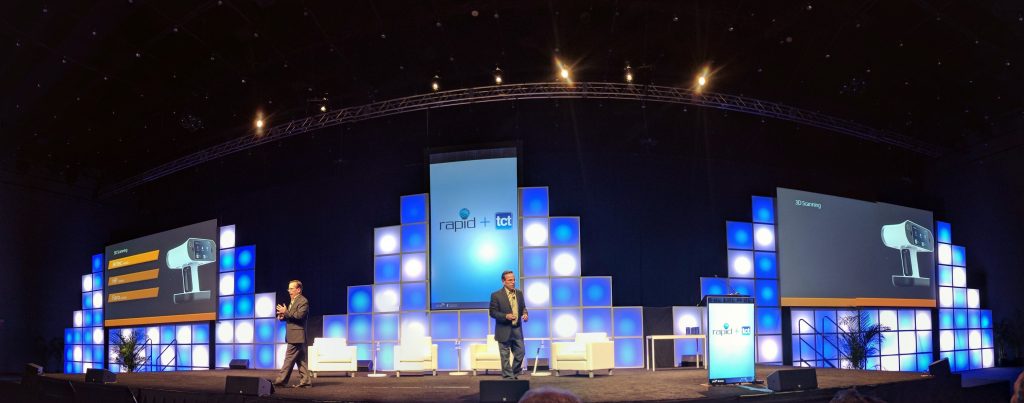
Chris Connery at CONTEXT
During 2018, we will see the emergence of a new class of low-end industrial metal 3D printing machines. While these are, of course, not for the masses, “low-end” in this context still means ~$150k, this new class includes $1M machines that will allow more companies to experiment with 3D printing in ways that were previously out of reach for most of them.

Dr.-Ing. Paul Schüler, Managing Director of CellCore
Big developments concerning mass production of metal AM parts in smart factories including the PAG (Premium Aerotech) plant in Varel, GE plant in Lichtenfels and Bionic Production plant in Lüneburg.

Hugo Fromont & Pierre Ayroles, co founders of Cults
FDM 3D printing will improve by allowing to print much faster, for example the algorithm to speed up printing developed by engineers at the Massachusetts Institute of Technology.
Personal 3D printers will allow printing in multiple colors, such as the Da Vinci Color from XYZPrinting.
3D modeling for 3D printing will become more and more valued because manufacturing is no longer a barrier. Only the idea of design will be important and its distribution, its sharing, will be strategic.
David McCann, Senior Business Architect at Clariant
We anticipate more industrial products being produced with extrusion type printing (filament).
The products will demonstrate that extrusion printing meets the desired industrial requirements such as strength, surface quality, certification, and more.
Michael Sorkin, Head of Europe at Formlabs
The market needs to hold its promises of the last years. What new players need to do in order to survive is to start focusing on vertical instead of just horizontal growth. There is so many applications, where the potential is not fully explored: aerospace, healthcare… For this qualitative approach, a lot can be done on the materials side as dentistry has proven already in 2017.
2017 was a good year for learning, 2018 should be a year of doing. Formlabs is going to set the industry standards by announcing partnerships and materials next year – stay tuned and meet us at CES!

Joshua Dugdale, Technical Manager, The Manufacturing Technologies Association
I think the AM industry is currently struggling from a lack of History. Essentially other manufacturing technologies (milling, grinding, turning, forming etc) have had decades to develop and in what was previously a less regulated environment. Hence now, they are mature technologies which everyone understands and knows what the value propositions are and have an understanding of parts made using those technologies.
Therefore, AM is now having to compete against established technologies in a highly controlled environment and people just don’t yet quite fully understand where the value is in using the technology and we aren’t yet in a position where we fully understand/have confidence in the consistency of the mechanical properties of parts being manufactured. I think we are slowly getting there on this but this is the kind of thing that just takes a little bit of time as the community builds a knowledge base.
The 3D Printing Industry in 2018
What are your predictions for 3D printing in 2018? Let us know in the comments section below, or you can contact us here.
One prediction for 2018 is that the 3D Printing Industry Awards will be bigger than ever. We have some exciting news about the event coming soon – also there is still time to make your nominations for the awards.
Want to read more about the future of 3D printing? Our series “The Future of 3D Printing” has in-depth articles from almost 100 leaders in the 3D printing industry.
Subscribe to the 3D Printing Industry newsletter, like us Facebook and follow us on Twitter to stay up to date with all the latest additive manufacturing news and insight.
Featured image shows HP MultiJet Fusion 3D printed parts in PA12 displayed during the Taiwan International 3D Printing Show. Photo by Michael Petch.


